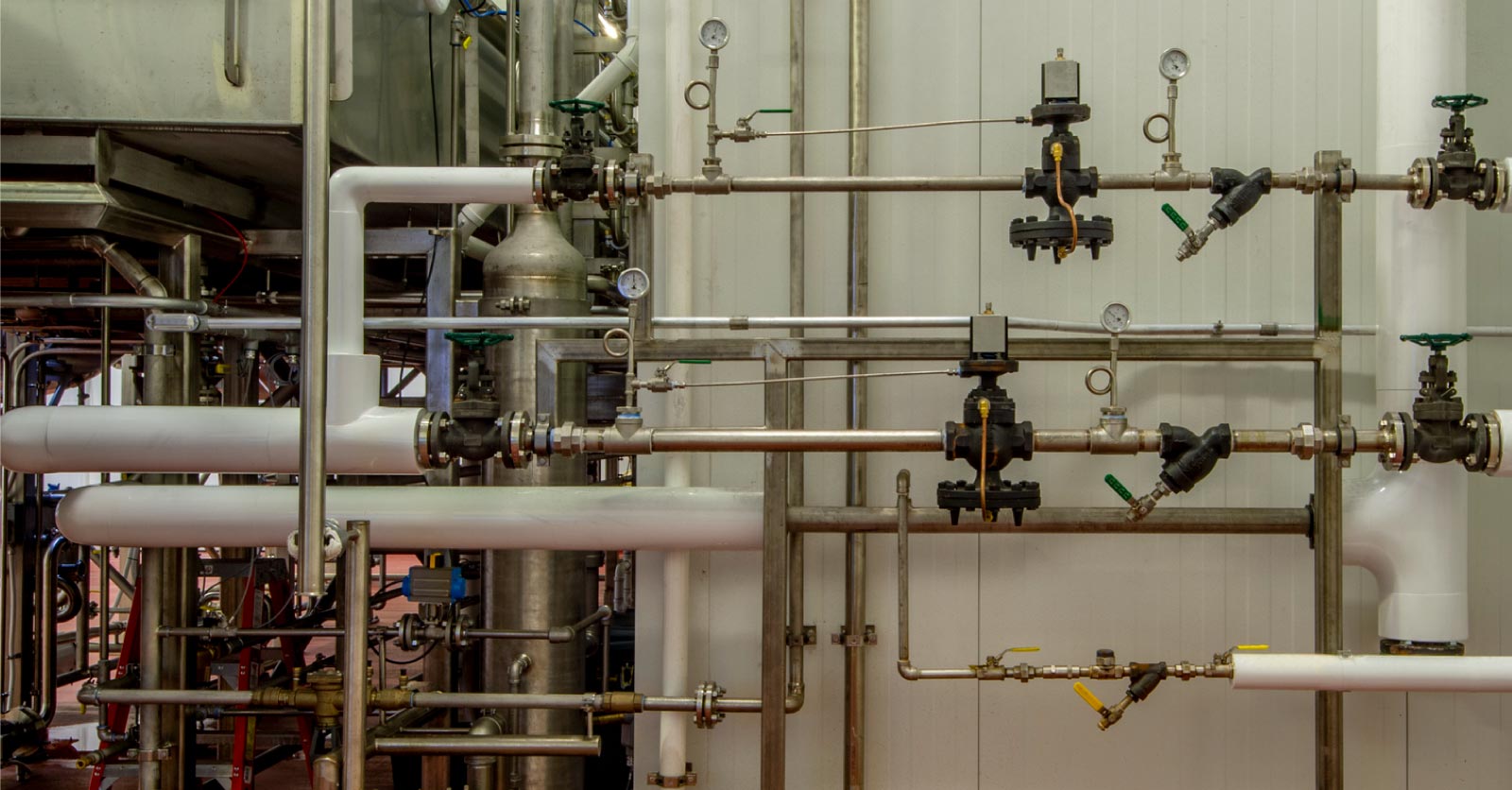Published August 16, 2014

Big Bangs can involve more than watching the TV Show, The Big Bang Theory. The Big Bang that you hear from your steam system can be very dangerous, even deadly, especially if its caused by water hammer.
 Water hammer is defined as “the unexpected release and associated shock wave of high-pressure steam/condensate”. It can cause death, severe injury, or extensive property damage. Unfortunately, not everyone who works near high-pressure steam/condensate systems realize the hazards associated with these type of systems.
Water hammer is defined as “the unexpected release and associated shock wave of high-pressure steam/condensate”. It can cause death, severe injury, or extensive property damage. Unfortunately, not everyone who works near high-pressure steam/condensate systems realize the hazards associated with these type of systems.
When water hammer occurs, a momentary abrupt pressure change may occur inside the piping. This impact can severely jar piping, equipment or machinery housing, possibly resulting in damage not only to gaskets in junctions, but also to valve flanges or the valves themselves.
As soon as something like this, such as a valve, becomes damaged, large quantities of steam or hot condensate begin blowing out, which could lead to a serious accident. There have even been reports of deaths occurring as the result of water hammer. In spite of this, there is remarkably little research or literature devoted to its causes and prevention, and many steam users find themselves at a loss with how to cope with the issue.
According to the Department of Energy, one of the most important safety principles to remember is that steam and water cannot be safely mixed in a piping system (with the exception of specifically designed systems) without risking condensate-induced water hammer. Never mix steam with water, either by injecting water into a steam system or steam into a system that includes water (condensate).
There are two primary causes of steam/condensate incidents.
1. Condensate systems must be sloped. Improper installation may cause pockets of water to accumulate.
2. Inoperative or inadequate trapping in steam lines.
To avoid water hammer in steam systems, improperly designed steam/water systems must have problems corrected. Once properly designed systems and operations are in place, maintenance should be the highest priority.
Recommendations For Safe Operation
The primary and contributing causes of water hammer and related incidents may be avoided through proper operation and maintenance procedures. All steam systems should be inspected to ensure proper distribution and sizing of cold traps. Steam traps should be located at all low points and inspected frequently for condensate accumulation. Valves that lack properly positioned steam traps should remain open at all times or be removed from the piping system (for sagging) and the piping insulation (for wear).
Before opening valves in steam lines, check for adequate placement and proper operation of steam traps. Fully open bleed valves, using reduced system pressure, to remove any remaining condensate. Activate cold steam piping slowly at reduced pressure and with trap bleed valves continuously open. To prevent possible condensate accumulation, place blowdown valves before and after a vertical rise. In addition, all isolation valves must have bypass systems, though such systems will not prevent water hammer, if condensate is present.
Finally, do not “crack open” valves to avoid condensation-induced water hammer; the formation of a condensation-induced water slug can occur at very low condensate flow conditions.
Click here to learn more about water hammer.
Be efficient with your time, and trust PSI to be efficient with your piping project. I promise in the long run, you will be thrilled. Have any questions? Drop us an email, psi@PipingSystemsIns.com or give us a call today at 508.644.2221.